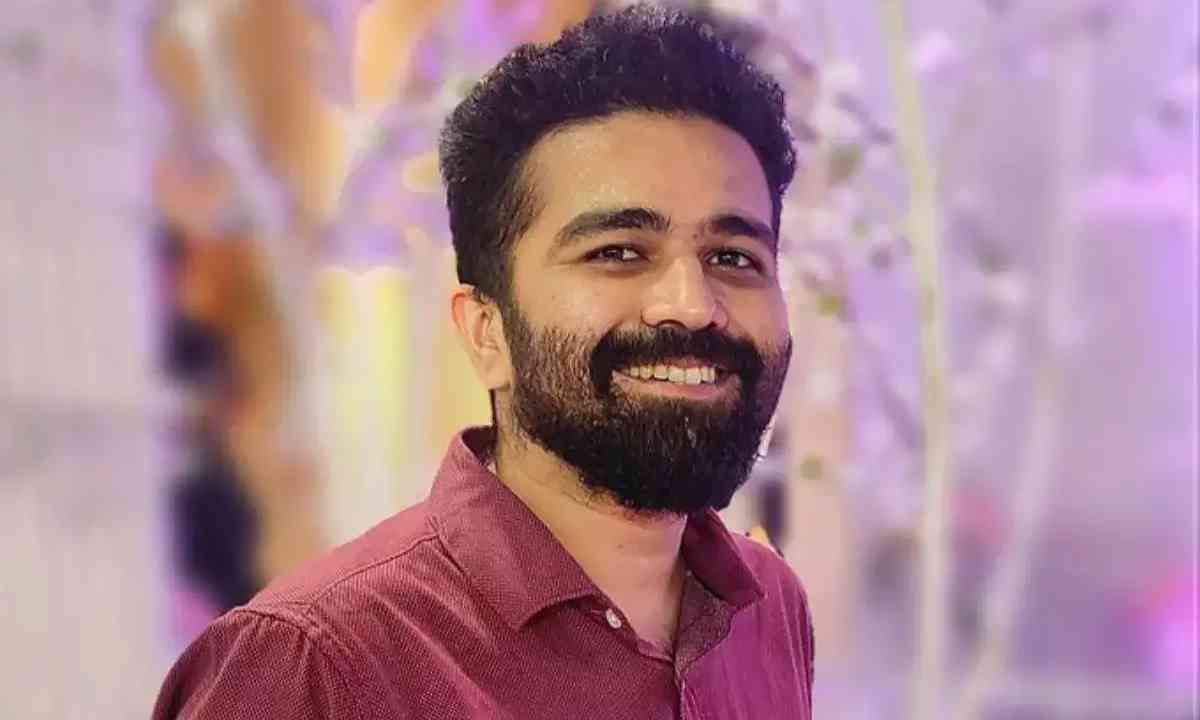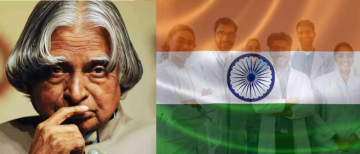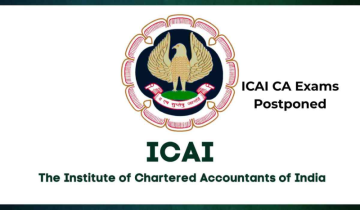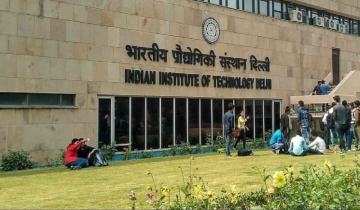For more than 2,500 years, a linguistic conundrum from ancient India has perplexed academics. The ancient "language machine's" meta-code has now been deciphered by a Cambridge expert.
Panini was a Sanskrit philologist and grammarian who lived between the sixth and fourth centuries BC. He came from what is now northwest Pakistan and southeast Afghanistan. Panini is referred recognized by academics as "the father of linguistics" as he was the first to systematize the structure of human language.
To utilize his "language machine," which instructed students on how to pronounce words in the antiquated Sanskrit language, Panini devised a set of obscure grammatical rules around 2,500 years ago. Now that an ancient language machine's rules have been decrypted by a Cambridge researcher, Panini's grammar may be taught in the manner for which it was designed some 2,500 years ago.
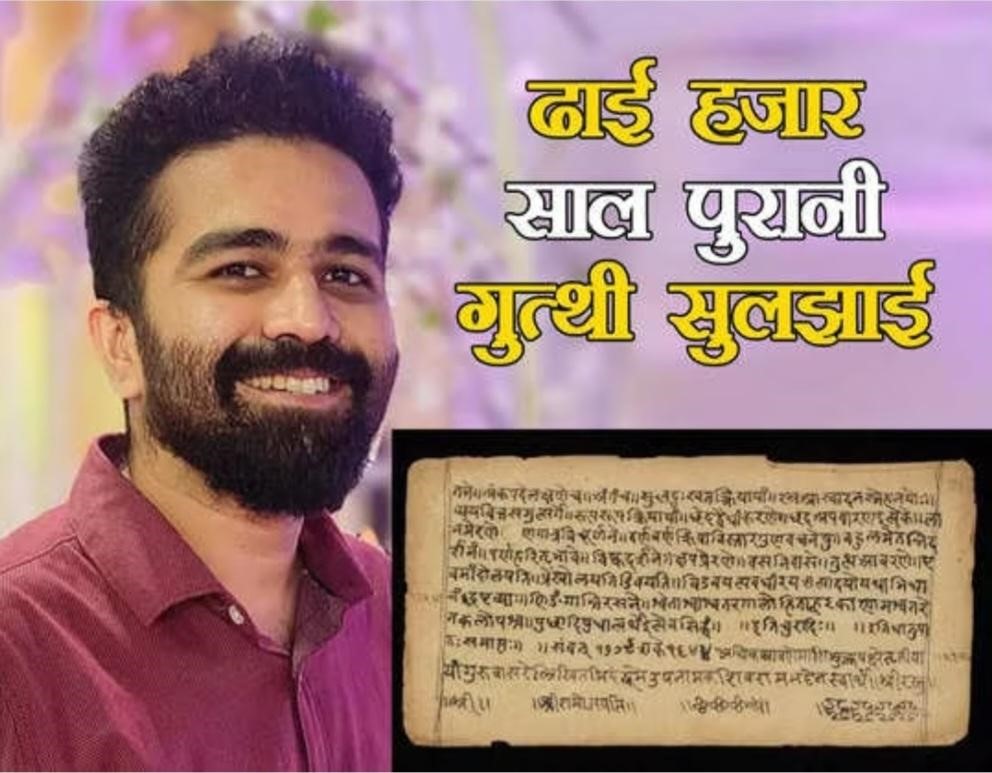
The Sanskrit Language's Early History
A classical Indo-European language that arose in South Asia during the Bronze Age is Sanskrit. Hindus eventually adopted it as their sacred language, using it to chronicle many of India's greatest scientific and mathematical achievements. Around 500 BC, Panini's language machine—considered one of history's greatest intellectual achievements—was first printed in Adhyay.
According to a recent press release from Cambridge University, Dr. Rishi Rajpopat from that institution has successfully decrypted a fundamental rule that Panini devised for his language computer. According to Dr. Rajpopat's Ph.D. dissertation, "Panini's language machine may now be taught to computers for the first time."
The Ancient Language Machine for Decoding
The language machine consists of "4,000 very small rules" that, on average, consist of three to four words and "work together as a conceptual machine." The language generator effectively "derives" the right word construction from the foundation forms. Dr. Rajpopat gave the example of how the underlying word "define" in English gets changed by the suffix "action" to produce "definition."
To prevent "nonsensical terms like define-ation" (pronounced def-ine-ey-shun), the researcher claimed it is important to account for aural variations in pronunciation when combining a base word with an affix. Rajpopat's successful usage of the language machine has enabled researchers to create and deduce "millions" of grammatically sound Sanskrit terms, such as "mantra" and "guru," using Panini's language tool.
The Answer
Each of the 4,000 rules that make up Panini's system, which allows users to create grammatically accurate versions of Sanskrit words, has a "serial number" depending on the order in which it appears in the written work. A scenario known as "rule conflict" occurred when two of these rules were in play, so Panini developed a "meta-rule" to assist users in deciding which of the two competing rules to apply.
Dr. Rajpopat refers to Panini's meta-rule as "1.4.2 vipratisedhe param karyam" and explains that Katyayana, the first scholar to apply Panini's language, "misconstrued the meaning of the meta-rule," leading to a 2,500-year period during which its true meaning was badly misunderstood. This implies that since Panini's language machine was created over 2,500 years ago, every subsequent researcher who has written about it has utilized the conventional and inaccurate interpretation, resulting in a ton of grammatically incorrect output.
The Process of Entering "An Extraordinary" Ancient Mind
When a dispute arises between two rules, Dr. Rajpopat stated, the "incorrect" application of Panini's metarule, "1.4.2," is to use the rule with the higher serial order. However, the researcher said that this approach produces "all kinds of grammatically wrong forms." Sanskrit academics "laboriously constructed hundreds of different mantras to try to correct the system and make it function," he said, adding that this process took place over the course of 2,500 years. It wasn't broken, though.
Rajpopat said that "Panini" had "an exceptional intellect" and that he didn't anticipate us proposing modifications to his laws. Rajpopat said, "Additionally, the more we tinker with Panini's language, the more it eludes us." The Cambridge scientist reinterpreted this conflict rule and found that "the right-hand component of the word wins," and this strategy has unlocked the code to the algorithm that powers the ancient language machine. When using Dr. Rajpopat's technique, users "automatically obtain the proper solution" to disagreements.
Dr. Rajpopat's supervisor, Professor Vincenzo Vergiani of the University of Cambridge, stated that the finding of the proper method for resolving conflicts in the language machine provides "a really elegant, simple, teachable' algorithm that executes Panini's grammar." The senior scientist came to the conclusion that Rajpopat's work will "revolutionize the study of Sanskrit" and that, with a little more effort, computers may be taught the ancient Sanskrit language.
© Vygr Media Private Limited 2022. All Rights Reserved

